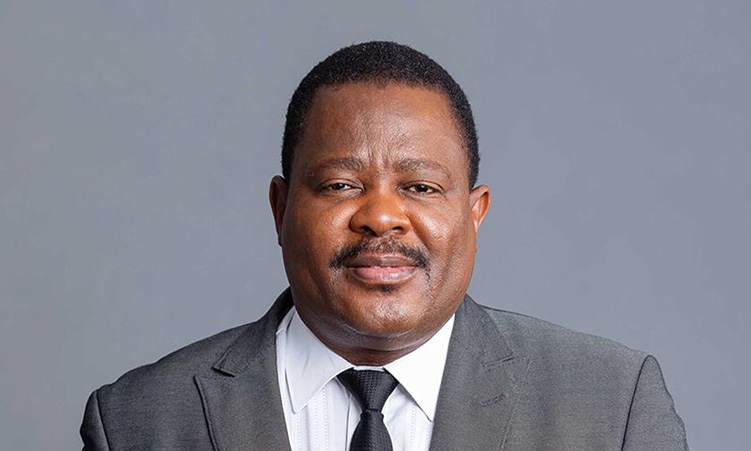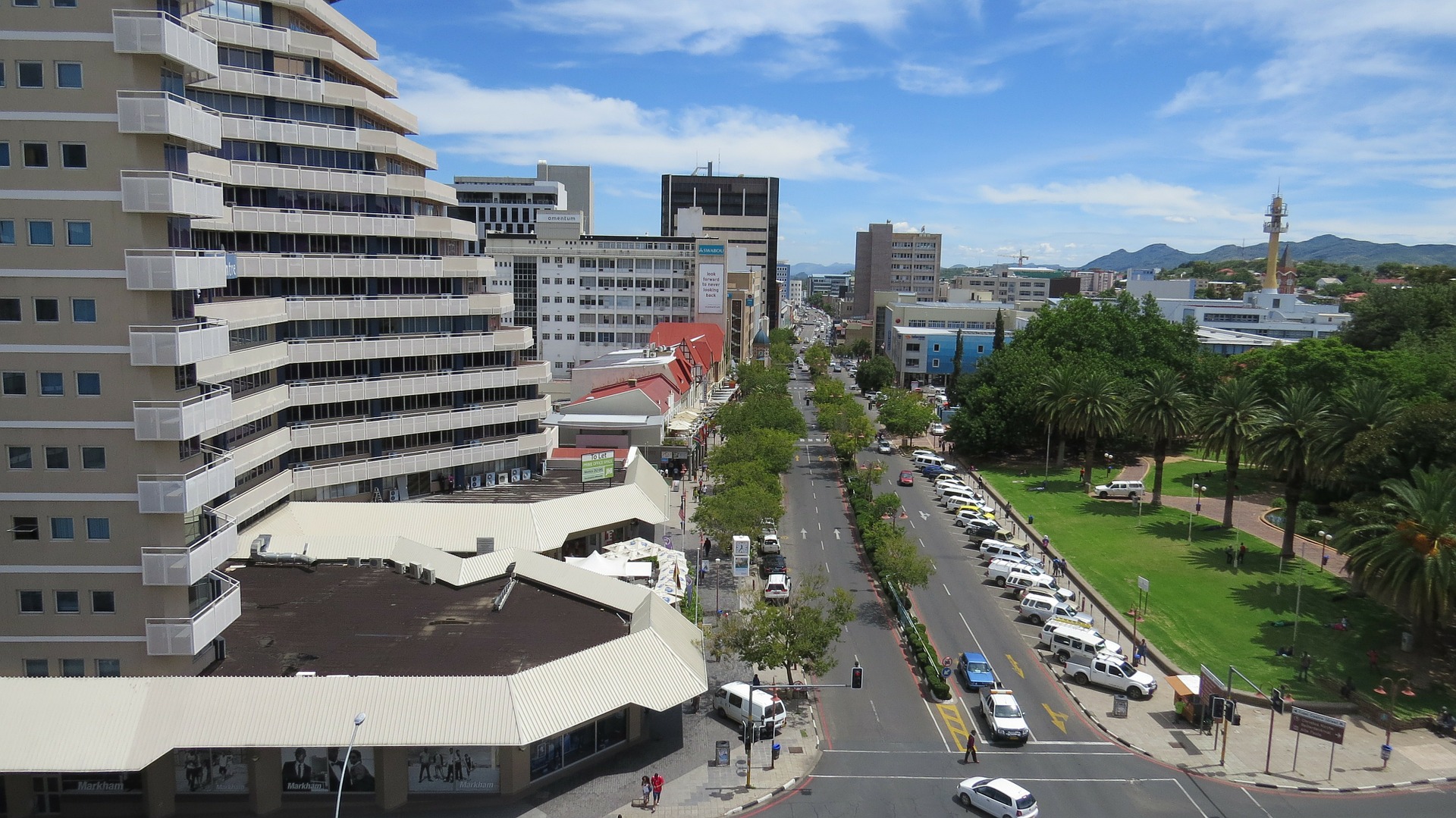BURGEONING global demand for uranium and the implications for its future pricing and share values on world commodity markets are expected to be major themes of the 2008 Paydirt Uranium Conference taking place in Adelaide, Australia .
The two-day conference – which started yesterday – is said to be the largest annual gathering of uranium sector interests and lobbyists in Australia. “The uranium sector has come under a great deal of scrutiny – and pressure – in recent weeks with the commodity trading in the US$75/lb range from its US$100/lb plus peaks of last year and despite measurable increases in global long-term demand,” conference convenor, Bill Repard, said yesterday.”At a time when the Chinese, British and major European economies particularly are all making positive decisions about new reactor projects and the direction of their future energy fundamentals, Australian uranium companies have seen the heat taken out of their share prices,” Repard said.”Adding to the pressure is growing levels of public and shareholder expectation for the sector to now deliver on the dozens of start-up uranium exploration projects that have entered the public arena in the past year or so.Repard said the sector had become extremely fluid and volatile and it would only be exploration success, followed by mine approvals and development and secure sales that could keep the share price pendulum in positive territory in the medium-term.The 2008 Paydirt Uranium Conference features 27 presentations from companies and experts in the industry.Among the most highly anticipated presentations will be a talk on ‘Global Warming and Uranium – a Green Dilemma’ by the University of Adelaide’s Professor Ian Plimer.As well as Australian uranium projects, projects held by Australian-based companies in Botswana, Namibia, Malawi, the United States, Canada, Europe and South America will also come under scrutiny at the conference.Repard said that while there may still be some reticence on the parts of certain Australian State Governments to join the world of uranium mining, there was no stopping the exploration boom for the commodity that is underpinning base-load electricity generation for an increasing proportion of developed and emerging economies.”In its latest quarterly report, Resource Capital Research quoted indicators suggesting that the spot price of uranium oxide could reach US$115/lb by September 2008,” he said.He however added that at the International Quality & Productivity Centre Uranium Conference held in Johannesburg last week, participants were more guarded in their forecasts, with the nuclear fuel manager of Eskom predicting the long-term contract price for uranium could drop as low as US$65/lb.”Industry commentators tend to share a view that the price will not drop as low as it did in the 1980s (around US$30/lb) but that a floor price of around US$65/lb long-term is not unreasonable,” said Repard.The spot price for uranium reached a peak of US$138/lb mid last year before sliding to its current levels of around US$75/lb.Last week’s Johannesburg conference was told there are currently 439 uranium-using nuclear reactors operating in 41 countries, producing 16 per cent of the world’s electricity requirement.Another 34 reactors are under construction, 93 are on order or being planned, and a further 222 have been proposed.China alone plans more than 60 new reactors.fieldpr.com”The uranium sector has come under a great deal of scrutiny – and pressure – in recent weeks with the commodity trading in the US$75/lb range from its US$100/lb plus peaks of last year and despite measurable increases in global long-term demand,” conference convenor, Bill Repard, said yesterday.”At a time when the Chinese, British and major European economies particularly are all making positive decisions about new reactor projects and the direction of their future energy fundamentals, Australian uranium companies have seen the heat taken out of their share prices,” Repard said.”Adding to the pressure is growing levels of public and shareholder expectation for the sector to now deliver on the dozens of start-up uranium exploration projects that have entered the public arena in the past year or so.Repard said the sector had become extremely fluid and volatile and it would only be exploration success, followed by mine approvals and development and secure sales that could keep the share price pendulum in positive territory in the medium-term.The 2008 Paydirt Uranium Conference features 27 presentations from companies and experts in the industry.Among the most highly anticipated presentations will be a talk on ‘Global Warming and Uranium – a Green Dilemma’ by the University of Adelaide’s Professor Ian Plimer.As well as Australian uranium projects, projects held by Australian-based companies in Botswana, Namibia, Malawi, the United States, Canada, Europe and South America will also come under scrutiny at the conference.Repard said that while there may still be some reticence on the parts of certain Australian State Governments to join the world of uranium mining, there was no stopping the exploration boom for the commodity that is underpinning base-load electricity generation for an increasing proportion of developed and emerging economies.”In its latest quarterly report, Resource Capital Research quoted indicators suggesting that the spot price of uranium oxide could reach US$115/lb by September 2008,” he said.He however added that at the International Quality & Productivity Centre Uranium Conference held in Johannesburg last week, participants were more guarded in their forecasts, with the nuclear fuel manager of Eskom predicting the long-term contract price for uranium could drop as low as US$65/lb.”Industry commentators tend to share a view that the price will not drop as low as it did in the 1980s (around US$30/lb) but that a floor price of around US$65/lb long-term is not unreasonable,” said Repard.The spot price for uranium reached a peak of US$138/lb mid last year before sliding to its current levels of around US$75/lb.Last week’s Johannesburg conference was told there are currently 439 uranium-using nuclear reactors operating in 41 countries, producing 16 per cent of the world’s electricity requirement.Another 34 reactors are under construction, 93 are on order or being planned, and a further 222 have been proposed.China alone plans more than 60 new reactors.fieldpr.com
Stay informed with The Namibian – your source for credible journalism. Get in-depth reporting and opinions for
only N$85 a month. Invest in journalism, invest in democracy –
Subscribe Now!










